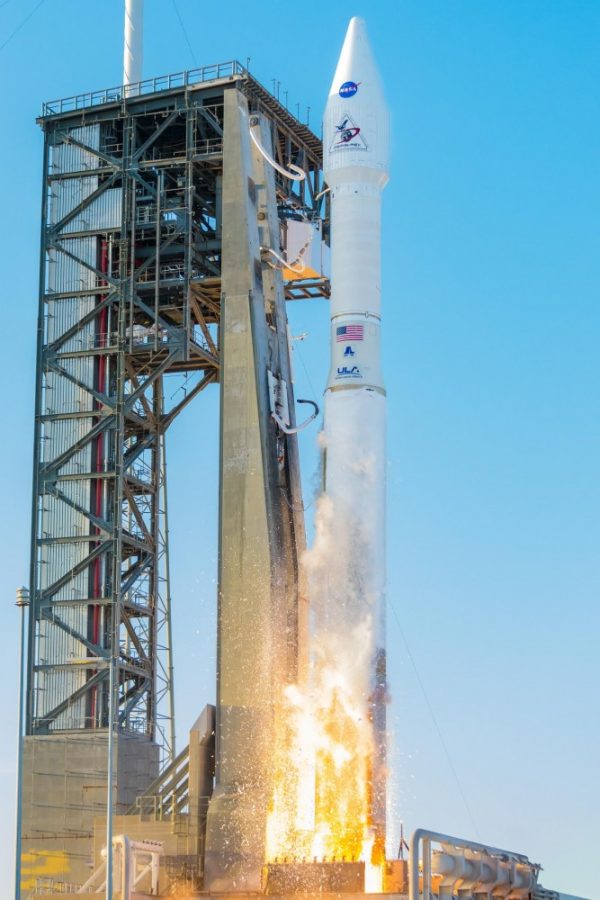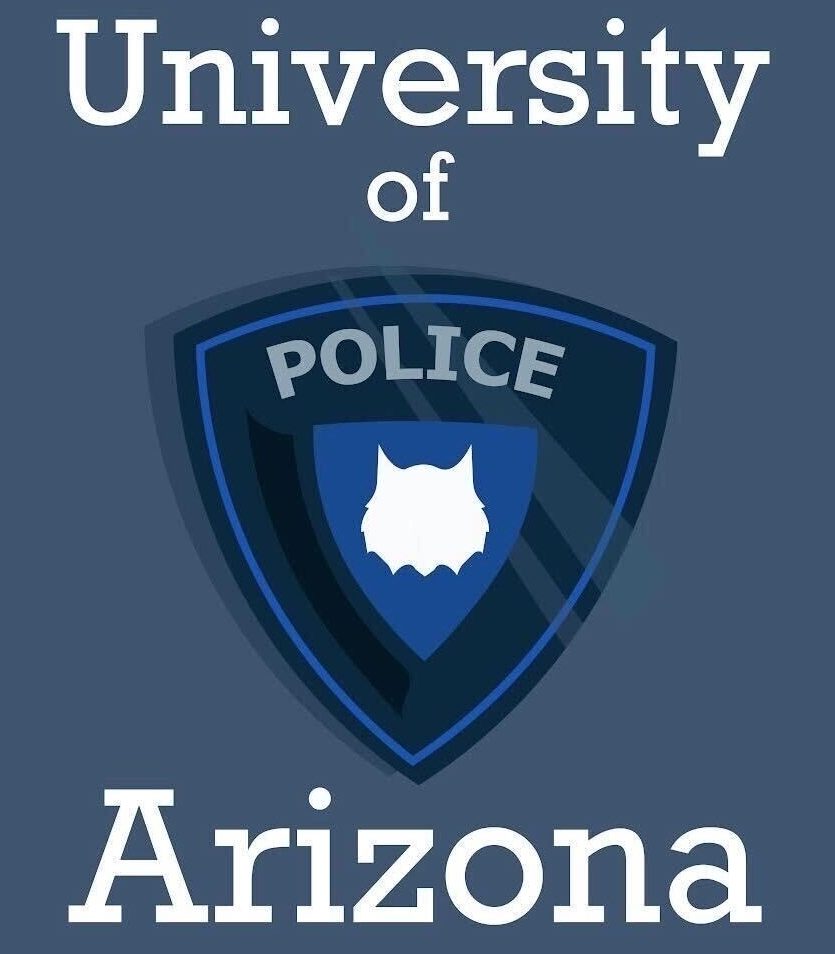OSIRIS-REx is headed to the asteroid Bennu. In its departure, it not only left Earth for the fairer heavenly bodies—the tiny spacecraft left behind a whole team of UA scientists who helped bring it to life and dozens more who will continue to watch over it during the seven year journey.
Now that OSIRIS-REx is on its way, it is time to meet some of the Wildcats who worked on the project in collaboration with NASA, and learn about the different roles their efforts played in the thus-far successful mission.
Bradley Williams, a systems engineering graduate student, helped build the camera suite aboard OSIRIS-REx. The suite is comprised of three cameras—the PolyCam, MapCam and SamCam, each of which Williams said serve a different purpose.
The PolyCam’s function is to look at Bennu from a farther distance and will be used while the spacecraft is still approaching the asteroid. The PolyCam should be able to show NASA if there is anything rotating around the asteroid.And the MapCam will be able to show specifically what is on the asteroid by using color footage.
READ: OSIRIS-REx’s 34-day launch window opens Thursday
The SamCam will be the camera that gets closest to the asteroid, touches it, collects a sample of the asteroid and examines it before bringing it back to Earth.
“The flight cameras that are in space today took about two and a half years from the design to the installation on the spacecraft,” Williams said.
Just the team working hands-on specifically with the cameras consisted of more than 50 people, but according to Williams, there were hundreds of people with whom the team connected to help the cameras get on the spacecraft smoothly for launch.
“I went to the UA mainly because of their heritage and their background in space science,” Williams said. “Showing that the university can lead a team and help identify the origins of the solar system is, I think, the greatest part of this.”
Melissa Dykhuis graduated from UA’s Lunar and Planetary Laboratory and received a Ph.D. in planetary science in August 2015. Her two roles on the OSIRIS-REx mission included creating the “321Science!” YouTube video series for NASA and being a part-time asteroid researcher with the project.
Dykhuis said the video series explains the timeline, news and science of the OSIRIS-REx mission with entertaining cartoons and accessible explanations for the general public. She and Anna Spitz, who holds a Ph.D. in geosciences from the UA and was the head of the education public outreach branch for the OSIRIS-Rex mission at the time, began working on the videos in the summer of 2013.
Dykhuis said she learned most of her video creation skills on the job.
“It was created for the OSIRIS-REx mission, but the idea is to use it as an umbrella series for all NASA missions if they want to use the ‘321Science!’ brand to explain NASA science to the general public,” Dykhuis said.
For her research and as part of her dissertation, Dykhuis studied the regions of the main asteroid belt where Bennu might have come from.
She said her favorite aspect of being a part of the OSIRIS-REx project was creating the YouTube series.
“I think that asteroid research is a really accessible means of studying our solar system’s beginning for two reasons,” Dykhuis said. “One, the asteroids are a lot closer than some of the other objects in the solar system. Two, there are just so many asteroids that you can study the history of the solar system … easier because you have a huge sample size.”
READ: T-minus 11 days until UA-led OSIRIS-REx mission launches for rendezvous with asteroid Bennu
Tanner Campbell, an aerospace and mechanical engineering graduate student, worked with the software to create a navigation system that produced visual models of the asteroid Bennu.
Bob Gaskell, who holds a Ph.D. in physics from McGill University, developed the software, Stereophotoclinometry or SPC, according to Campbell. He also said SPC has already been used on a handful of other NASA missions.
“There was quite a big suite of testing that had to go on,” Campbell said. “I helped with testing to make sure that it was up to NASA standards for flight.”
The software will conduct three types of navigation, according to Campbell. The first is star-based navigation, which is accurate down to about a kilometer and uses the stars to determine the spacecraft’s position. The second is landmark-based navigation.
“It’s basically a mosaic of topography that we use to create the asteroid,” Campbell said.
The third type is called natural-feature tracking. Because of the time delay from the asteroid to Earth, this tracking cannot be done in real-time, according to Campbell. He said that by the time this type of navigation is used, the asteroid will have been studied for about a year, and this tracking can be accurate down to the centimeter-level. This navigation type is also what will be used to actually complete the “touch and go” action of the spacecraft collecting a sample off the asteroid’s surface.
“We’re really trying to look back and see what the conditions were like at the formation of the solar system to let us know why things formed the way they did and potentially why life is on Earth,” Campbell said.
Follow Jessica Suriano on Twitter.















